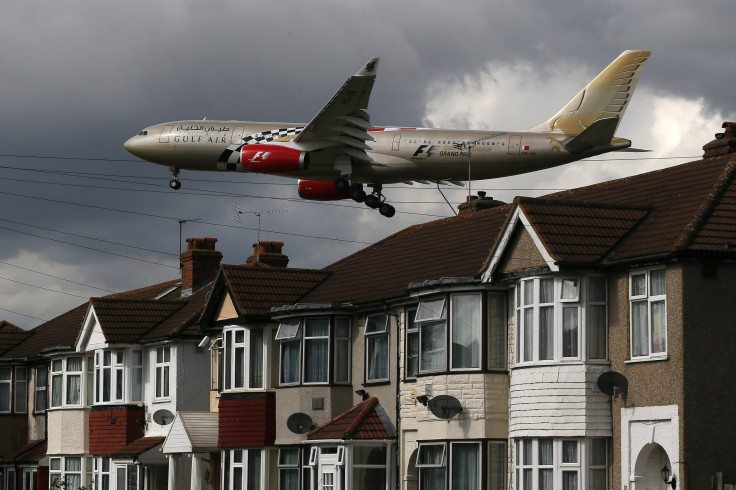Web Site Tracks Pandemic Diseases' Flight into Your Local Airport

Commercial air travel is one of the most prominent inventions that ushered in our contemporary globalized society. Without it, it would likely be much more difficult to spread ideas, goods and people around the world. But air travel, for all of its benefits, has helped make it much easier to spread worldwide pandemics. It does not invent epidemics (The Bubonic plague, which killed a third of human population during the fourteenth century and the Influenza Pandemic of 1918, which killed 50 million people in the early part of the twentieth century, say hello.), but it certainly made them much easier to spread.
Because of that fact, the Transportation Research Board asked researchers from the University of Florida, Gainesville to create a web tool that could better explain the role that airplanes and airports play in transmitting diseases.
The researchers succeeded. The tool, called VBD-AIR, went live earlier this year. Researchers used data from scheduled flights, aircraft capacity, disease risk maps and climate data to create the Online Vector-Borne Disease Airline Importation Risk tool.
In order to use the tool, users just need to put in the name of the airport that they want to investigate, the month that they want to look up, and the disease that they want to track. All diseases currently available are mosquito-borne ones, like dengue, malaria, yellow fever and chikungunya. However, it's a start - and dengue and malaria are responsible for 2.2 million cases and 3.3 billion cases, respectively. Investigators are also able to track direct and one-stop flights.
The researchers note that air travel has contributed to the spread of deadly non-mosquito-borne illnesses, like influenza and severe acute respiratory syndrome (SARS), but focused on those four diseases because there was simply more travel information on them. They also want to expand the program in order to add other pandemic diseases, like Chagas disease, Rift Valley fever, and leishmaniasis.
After plugging in those factors, Internet users can see a network of lines that represent flights from disease-prone areas worldwide. The areas are color-coded so users can see just how disease-prone the areas are.
The researchers hope to expand the tool to add other factors, like mosquito-control measures where passengers board, antiviral medications that they are taking, and where the passengers travel once they land.
The University of Florida's Andrew Tatem says that the tool is useful so that officials can quickly assess the situation if a passenger gets sick shortly before, upon, or after arrival. The database also could help determine which passengers should be screened for diseases, based on the amount of exposure that they have likely received and how probable it is that the disease has spread.



























